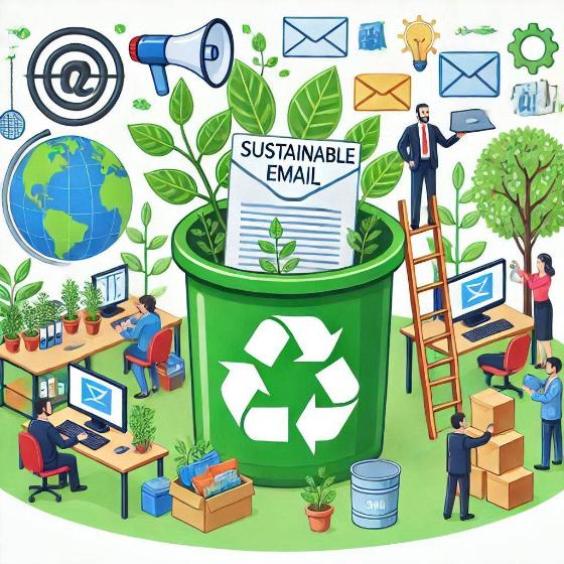Sustainable Email Marketing: How to Reduce Spam and Improve Your Brand's Reputation
In the digital age, email marketing remains one of the most effective tools for reaching customers and increasing sales. However, with the increasing amount of emails sent daily, it is easy to fall into the spam trap and damage the reputation of your brand. In this article, we will explore strategies for implementing sustainable email marketing and reducing spam, thus improving the reputation of your brand.

What is spam in email marketing?
Spam in email marketing refers to unwanted emails that are sent to a large number of people without their consent. These emails are usually promotional and can be considered a nuisance by recipients. Spam can damage the reputation of your brand and negatively affect your relationships with customers.
Causes of spam in email marketing
There are several causes that can lead to your emails being considered as spam. Some of the most common are:
- Sending unsolicited emails: When you send emails to people who have not requested information about your brand or product.
- Low-quality content: When the content of your emails is of low quality, irrelevant, or uninteresting to recipients.
- Use of deceptive techniques: When you use deceptive techniques, such as misleading titles or false email addresses, to attract the attention of recipients.
- Lack of personalization: When you do not personalize your emails to adapt them to the needs and preferences of each recipient.
Strategies for reducing spam and improving the reputation of your brand
To implement sustainable email marketing and reduce spam, it is important to follow some key strategies. Here are some of the most effective:
1. Obtain explicit permission
Before sending emails to someone, it is important to obtain their explicit permission. This can be done through a registration form on your website or through a specific marketing campaign. Make sure that recipients know what type of emails they will receive and how they can unsubscribe at any time.
2. Create high-quality content
The content of your emails should be of high quality, relevant, and interesting to recipients. Make sure that the content is clear, concise, and easy to read. Use images and videos to make the content more attractive and visual.
3. Personalize your emails
Personalization is key to making your emails more effective. Use the information you have about recipients to adapt the content and tone of your emails. Make sure that the emails are relevant to the needs and preferences of each recipient.
4. Use segmentation techniques
Segmentation is a technique that allows you to divide your email list into smaller and more specific groups. This allows you to send more relevant and personalized emails to each group, which can increase the effectiveness of your marketing campaigns.
5. Monitor and adjust
It is important to monitor and adjust your email marketing campaigns as needed. Use analytics tools to measure the effectiveness of your emails and adjust your strategies to improve results.
Sustainable email marketing is a key strategy for reducing spam and improving the reputation of your brand. By obtaining explicit permission, creating high-quality content, personalizing your emails, using segmentation techniques, and monitoring and adjusting, you can increase the effectiveness of your marketing campaigns and improve your relationship with your customers. Remember that the key to sustainable email marketing is to be relevant, personalized, and respectful to recipients.





